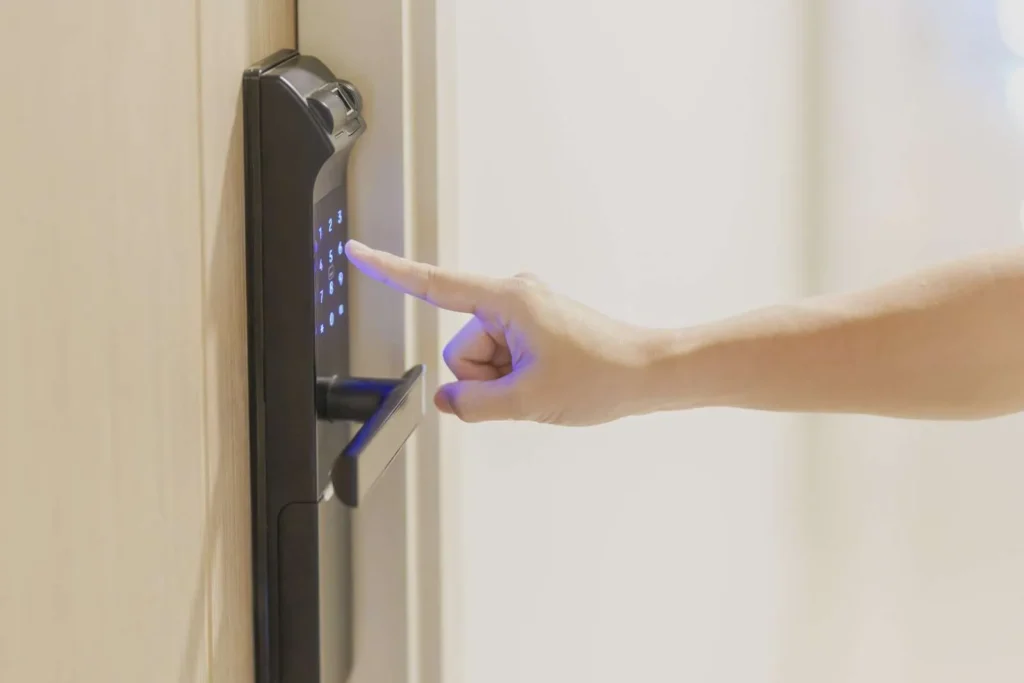In today’s world, improving your home’s security isn’t just about alarms or cameras sometimes, the most effective upgrades are simple enhancements to your locks and hardware. By investing in better lock technology, reinforcing weak points, and combining smart solutions, you can dramatically boost your home’s defense against break-ins. Below are practical, actionable lock‑focused upgrades you can apply right away.
1. Start with the Basics: Assess Your Current Locks
Before making any changes, perform a security audit of your doors and windows:
- Check if deadbolts are installed (and whether they meet a strong standard).
- Inspect the integrity of door frames, hinges, and existing hardware.
- Note which doors/windows are weak or frequently used (front door, back door, garage access).
- Identify any locks that are old, rusted, or easily bypassed.
This assessment helps you prioritize which doors need an upgrade first.
2. Upgrade to a High-Quality Deadbolt
One of the most effective “simple” upgrades is replacing a standard door latch with a strong deadbolt preferably ANSI/BHMA Grade 1 rated. A properly installed deadbolt resists picking, bumping, and forced attacks more than a spring latch.
A double-cylinder deadbolt (requiring a key on both sides) is sometimes used for doors with adjacent glass, but note that local fire codes may restrict its use since it can complicate escape in emergencies.
3. Reinforce the Strike Plate and Door Frame
Even the best deadbolt will fail if secured into a weak frame. Many door strikes use short screws that go only into trim, allowing the door to be kicked in. To shore this up:
- Replace the strike plate with a reinforced metal plate.
- Use 3‑inch (or longer) screws to anchor the strike into the structural timber behind the frame.
- Consider wraparound door reinforcement kits or door jamb guards to strengthen vulnerable areas.
- Upgrade the hinges by using security hinges with non-removable pins, or install hinge bolts/pins to prevent hinge-side removal.
4. Rekey Instead of Completely Replacing (When Possible)
If your existing locks are still structurally sound but the keys are lost, shared widely, or compromised, a rekey can be a cost-effective option. Rekeying means changing the internal pins so that old keys no longer work.
This is especially useful when you move into a new house many people rekey all external doors upon taking ownership to ensure no unwanted duplicates remain in circulation.
5. Move to Smart or Keyless Locks
Smart locks and electronic deadbolts bring both convenience and security when used properly:
- Many models let you grant temporary access codes, monitor entry logs, lock/unlock remotely, or tie into your smart home system.
- Choose locks with tamper alarms, auto-lock features, and secure connections (e.g. strong encryption).
- Consider retrofit smart locks that replace only the internal thumbturn side, keeping the outside looking unchanged and maintaining your original key if desired.
- Always maintain a mechanical key backup in case electronic or battery systems fail.
- Ensure your Wi-Fi / network security (strong router password, guest network isolation) since smart locks often depend on connectivity.
6. Use Multi-Point or Three-Point Locking Systems
For doors (especially glass or patio doors) or for upgrades to be more robust, a multipoint lock spreads locking force along multiple points (top, middle, bottom). This makes it harder for a thief to force any single point.
In particular, three-point locking systems engage rods that secure the door into the frame at three levels, distributing force and making break-in attempts more difficult.
7. Secure Vulnerable Entry Points (Windows, Sliding Doors, Garage)
Often burglars target weak windows or sliding doors rather than locked front doors. Simple upgrades include:
- Installing window locks or sash locks on ground-level or accessible windows.
- Applying security film to glass to make it harder to shatter.
- For sliding doors, use security bars, foot locks, charlie bars, or install bolts between overlapping sliding sections.
- Reinforce garage‑to-home doors just like main doors (strong deadbolts, reinforced frames), and secure external garage doors with auxiliary locks.
8. Avoid Common Weaknesses: Letterboxes, Hidden Key Hiding, & Key Duplication
- If your door has a letterbox opening, burglars can fish tools or keys through install a letterbox guard or use a secure keyed-entry style on both sides.
- Don’t hide spare keys in obvious spots (under mats, flowerpots). Use a hidden key safe (but not too visible).
- Consider using restricted key systems that prevent unauthorized duplication only certified locksmiths can create copies.
- Use a keyed-alike system if you want multiple locks on your home to open with one key simpler and more secure than dozens of different keys.
9. Combine with Other Security Layers
Lock upgrades work best when paired with complementary security measures:
- Motion-activated lighting around entrances deters trespassers.
- Security cameras / video doorbells provide visibility and act as deterrents.
- A monitored alarm system adds responsive backup.
- Trim landscaping so pests have fewer places to hide near doors and windows.
These layers make it harder for intruders even if one measure fails.
10. Maintenance & Periodic Inspections
Upgrades aren’t “set and forget.” To maintain security:
- Lubricate locks periodically to prevent wear and jamming.
- Test all locks 2–4 times a year (especially after storms or shifting frames).
- Replace batteries in smart locks before they die (many models warn you).
- Reevaluate security if keys are lost or after renovations or moving.
Final Thoughts
Improving home security with simple lock upgrades doesn’t have to be expensive or complex. Focus on reinforcing the weakest links: better deadbolts, strong frames, smart locks, and securing windows and auxiliary doors. Add lighting, cameras, and alarms to form a multi-layer defense.
These steps not only make break‑ins harder but also give you greater peace of mind in your daily life. If you’d like help picking specific lock models or a step-by-step installation guide, I’d be happy to help with that too just let me know!

